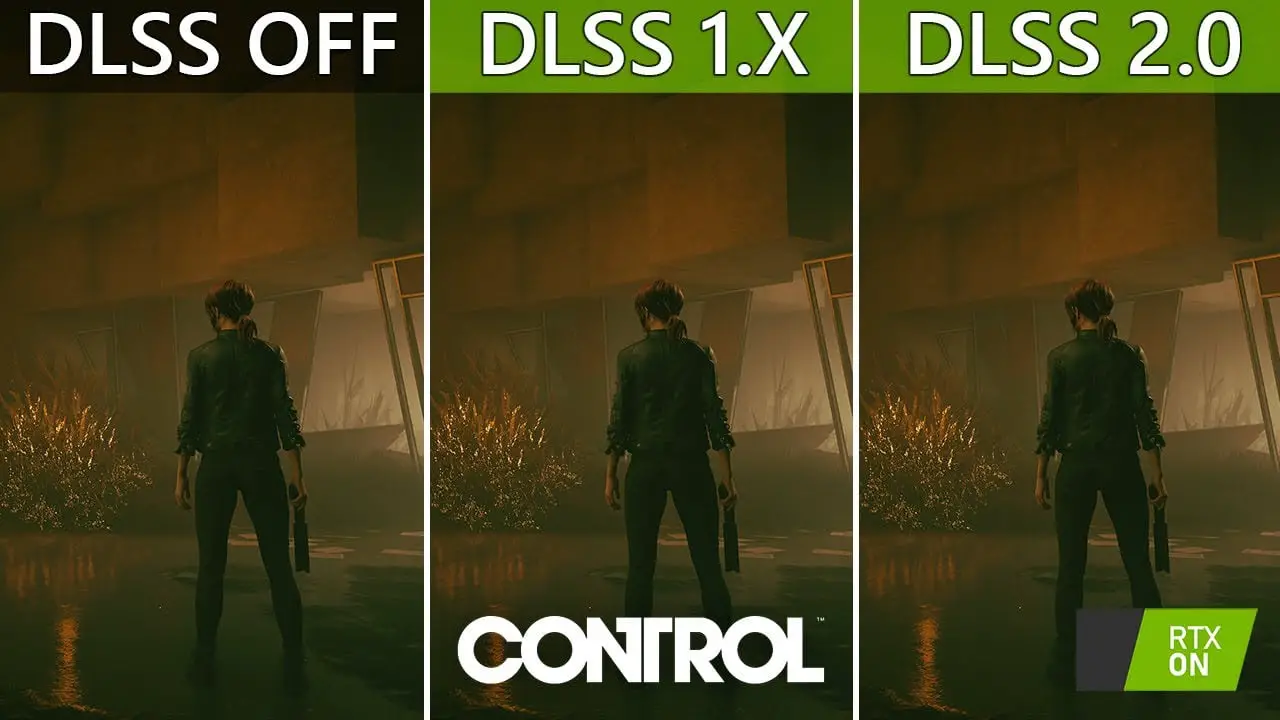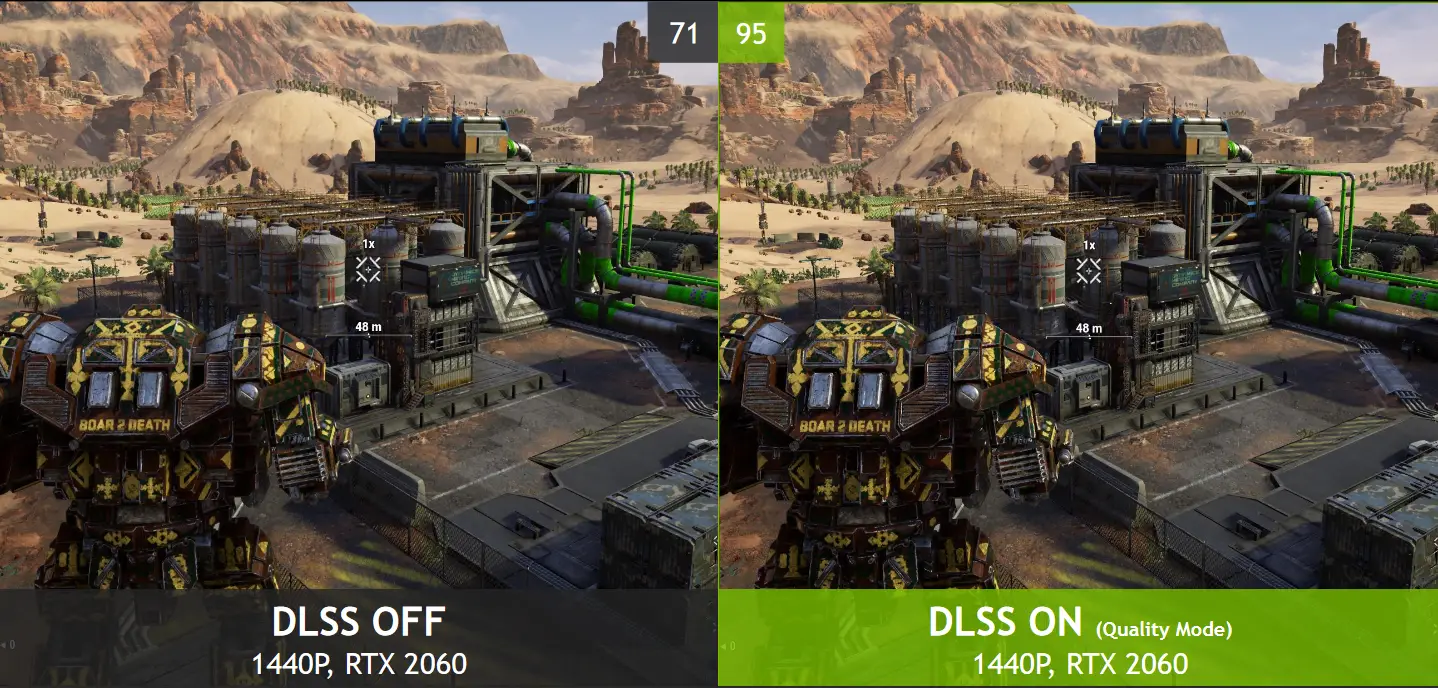On Friday, NVIDIA made DLSS 2.0 available to all developers using Unreal Engine 4, the support for Deep Learning Super-Sampling will arrive through an official plugin.
NVIDIA DLSS 2.0 is now available as a plugin
Image reconstruction using deep learning sampling techniques is the way to go if we want to achieve sustained frame rates above 60 fps at 1440p and 2160p with ray tracing enabled. Without this technology, even a graphics card as powerful as NVIDIA’s GeForce RTX 3080 suffers at 2160p in these conditions.
All developers using Unreal Engine 4 can reach Deep Learning Super-Sampling technology
Until now only a few development studios had access to DLSS technology, but this will not be the case anymore. NVIDIA announced that from now on all developers using the Unreal Engine 4 graphics engine will be able to use its artificial intelligence image reconstruction technology, which is now available as a plugin officially.
This is undoubtedly good news for users. DLSS 2.0 works very well in most games. Moreover, this decision by NVIDIA ensures that the number of games that will implement this feature will increase significantly in the medium term due to the fact that the Unreal Engine 4 is one of the most widely used engines by development studios today.
NVIDIA DLSS 2.0 vs AMD FideltyFX
AMD is working on its own alternative to NVIDIA’s DLSS technology. During the presentation of the Radeon RX 6000 family of graphics cards, the company gave some details about its FidelityFX Super Resolution technology, and there is no doubt that it will compete with DLSS 2.0.
RDNA 2, the architecture of AMD’s latest graphics cards, is very different from Ampere, which is the architecture of NVIDIA’s GeForce RTX 30. The Radeon RX 6000 does not have cores dedicated to running deep learning algorithms similar to the Tensor cores in the GeForce RTX, so it will likely be up to the programmers to decide how many stream processors they need to dedicate to image reconstruction using artificial intelligence.
In any case, although DLSS and FidelityFX Super Resolution technologies will not be implemented in the same way, they will pursue the same goal: to allow us to play with high frame rates per second at very high resolutions with ray tracing enabled.

It seems like one of the pillars of this AMD innovation will be DirectML, the library integrated into the DirectX 12 API that will allow programmers to use GPU resources to implement their image reconstruction algorithms through deep learning. What we don’t know yet is whether FidelityFX Super Resolution will only run on RDNA 2, or whether it will also run on graphics cards with RDNA architecture.
We also don’t know for sure when AMD will launch its technology, although a recent leak claims that it will arrive during next March. In any case, hopefully, it will be available as soon as possible. Both NVIDIA and AMD offer competitive solutions, and DLSS is an asset that gives NVIDIA a certain advantage at the moment. Let’s hope that AMD responds well.





